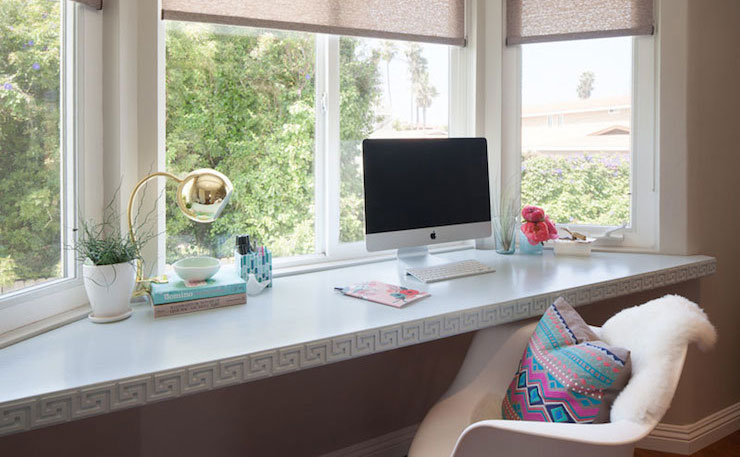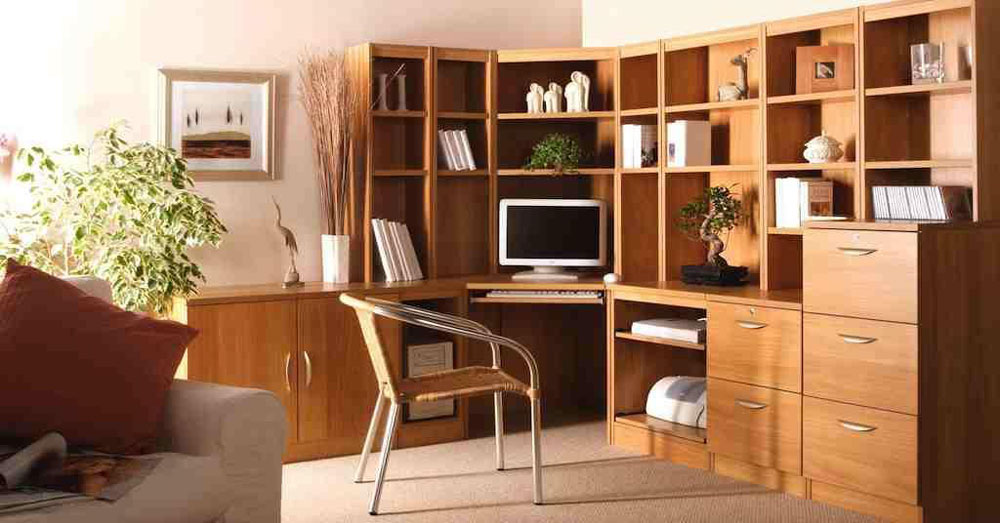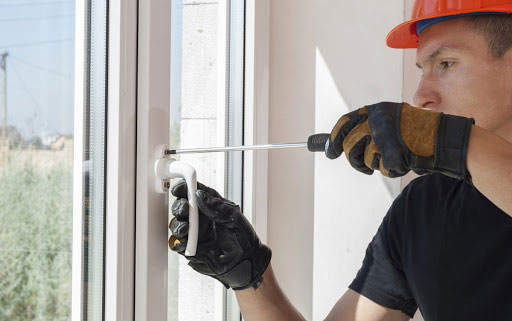7 Ways to Add More Natural Light into Your Office & Boost Productivity
According to research published by Future Workplace, a HR advisory and research firm, access to natural light and a view of the outdoors is the number one workplace perk that employees are looking for.
This simple and humble request is not only one that is not difficult to deliver, but it’s also one that can significantly benefit the wider business in terms of productivity.
Read on to find out how such an effortless perk can have such positive outcomes.

How natural light improves productivity
Access to natural light has a range of beneficial effects on humans, many of which contribute towards improved productivity in a work environment.
Exposure to vitamin D
We need vitamin D for healthy bones, teeth and muscle strength. A person with a vitamin D deficiency will more likely experience health problems in these areas, which might lead to time off work. At the very least, the discomfort caused could lead to a lack of concentration and therefore productivity.
Better eye health
A 2017 study conducted by a Cornell University professor showed that employees who were exposed to natural light suffered from 51% less eye strain, and 63% fewer headaches than those who saw no natural light during the day.
Eyestrain and headaches are known symptoms of Computer Vision Syndrome (CVS), and those with this condition need to spend more time away from screens, thereby affecting their productivity.
More sleep
The Northwestern University of Chicago commissioned research about the relationship between natural light and sleep.
The research found that office workers who were exposed only to artificial light, as opposed to natural light, averagely had 46 minutes less sleep per night than those working in natural light. We know a good amount of sleep is necessary for concentration, which is vital for optimal productivity.
This means those who sleep less, potentially because of less access to light, are ultimately less productive.
Improved mood
Lack of access to light can have significant negative effects on mood, as anyone who has ever suffered with Seasonal Affective Disorder (SAD) will know.
This is because natural light influences the hypothalamus area of the brain, which relates to the production of melatonin and serotonin. If an employee has limited access to natural light, they are in danger of this affecting their mood, which could lead to feelings of dejection and a lack of motivation.
How to add more natural light into your office
Considering the positive impact natural light has on individuals and their performance, it makes sense for employers to do whatever they can to introduce more into the office. Ways to do this include:
1. Installing bigger windows
The simplest way to ensure employees have more access to natural light is to install generously sized windows. These will enable sunshine to stream in and reach as many people as possible.
2. Hanging more mirrors
In small or rented offices where the installation of windows is not an option, business owners should hang carefully placed mirrors opposite of existing windows. This will then reflect the natural light that enters the office and spread it further to other areas.
3. Putting in a skylight
Besides more windows, offices of the right shape could also benefit from a skylight. These allow natural light to flood in from above and reach even more occupants than windows would.

4. Not covering windows with curtains or blinds
There are a huge number of offices out there that boast huge floor-to-ceiling windows, which go somewhat wasted because they are kept covered by blinds.
In so many workplaces employees feel that they can’t alter the blinds, which means any natural light that they could access goes unseen. Blinds should be kept partially open so that light can be manipulated as required so as not to cause glare on screens.
5. Opting for a light color palette
Another way to create the illusion of more natural light is to decorate the office using a light color palette. From white or cream walls to light-colored furnishings, this color palette will help to reflect the natural light that comes in, making it go even further.
6. Using full-spectrum natural light bulbs
Sufferers of SAD can benefit from light therapy that involves the use of full-spectrum natural light bulbs. These kinds of light bulbs emit light across the whole color spectrum, as opposed to simply mimicking the look of daylight.
7. Installing glass walls
To help natural light flow further, offices will benefit from having glass walls as opposed to solid opaque walls. Solid walls block light from spreading, whereas any transparent materials like glass and clear acrylic sheeting will allow it to continue throughout the office.
As well as increasing employees’ exposure to natural light, glass walls also create a more open and welcoming atmosphere.
Regardless of which method you use to allow more natural light to flow and reach your staff, the effects will be significant.
After implementing these ideas, business owners and management teams should expect staff to be happier, more focussed, and more productive. While benefits like gym memberships and company cars can help encourage a workforce, research has shown that it's natural light that can have the biggest positive impact.
Author: Henry Martin
Written by Henry Martin, a residential and commercial developer with years of experience in real estate. You can contact Henry on LinkedIn.






